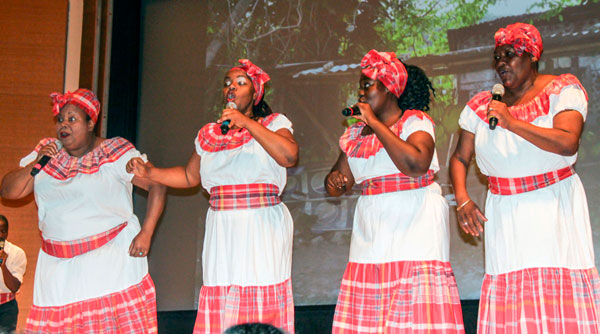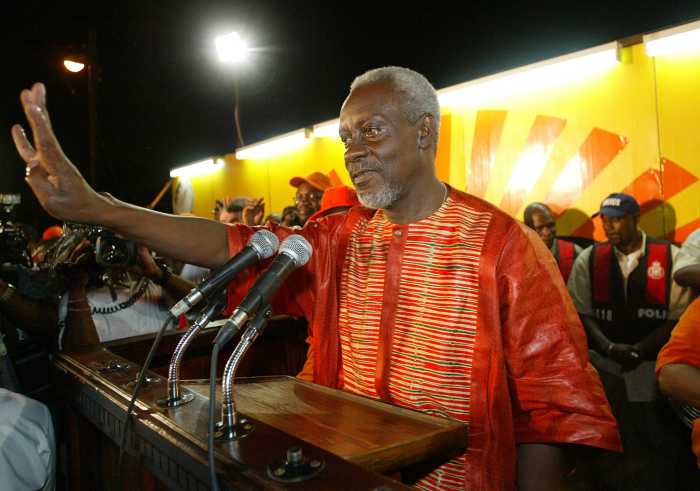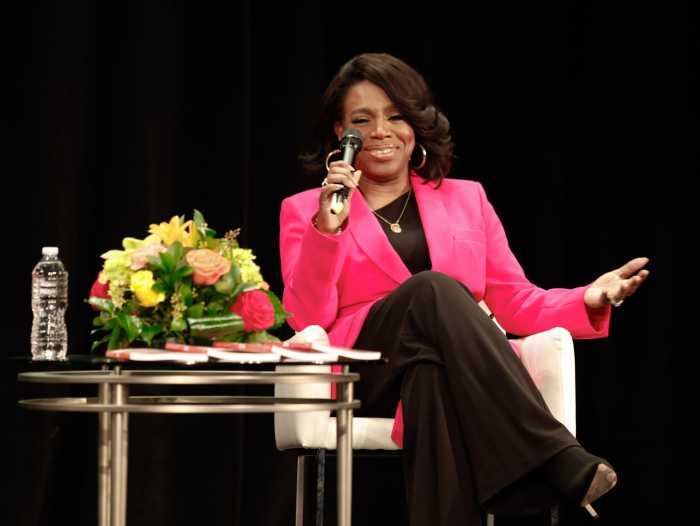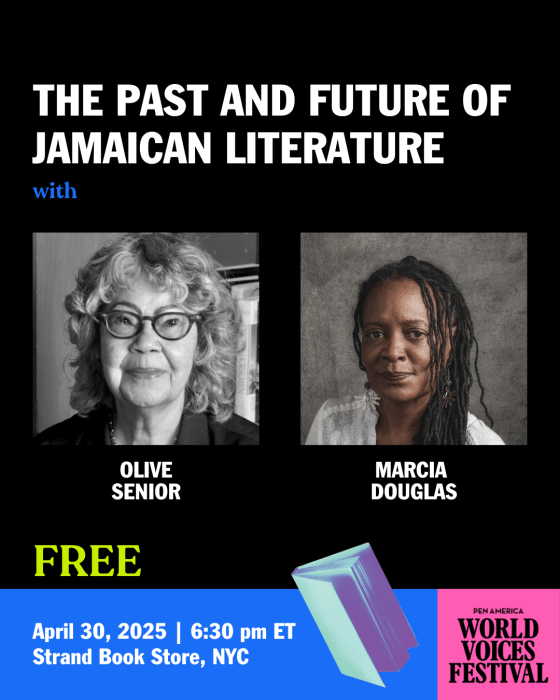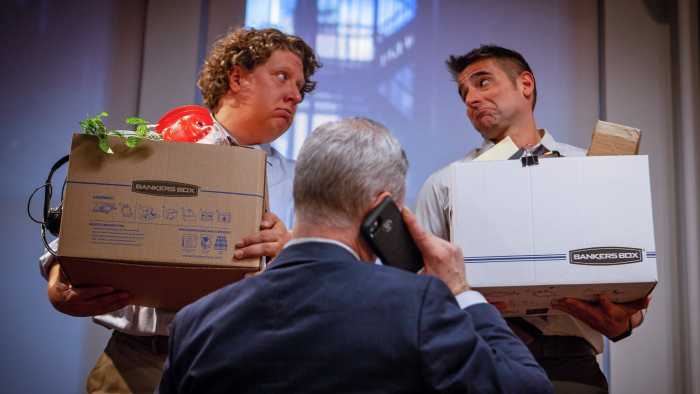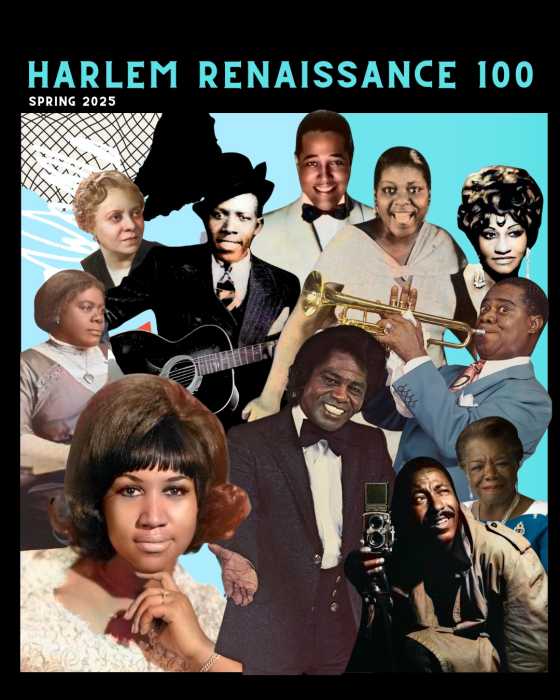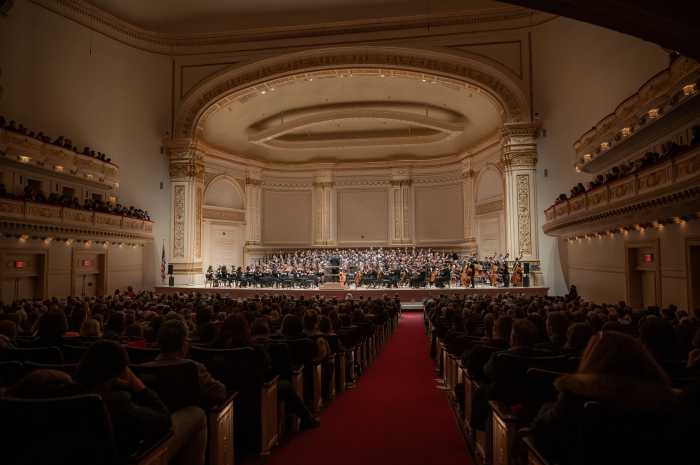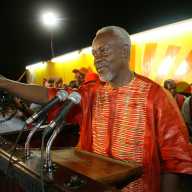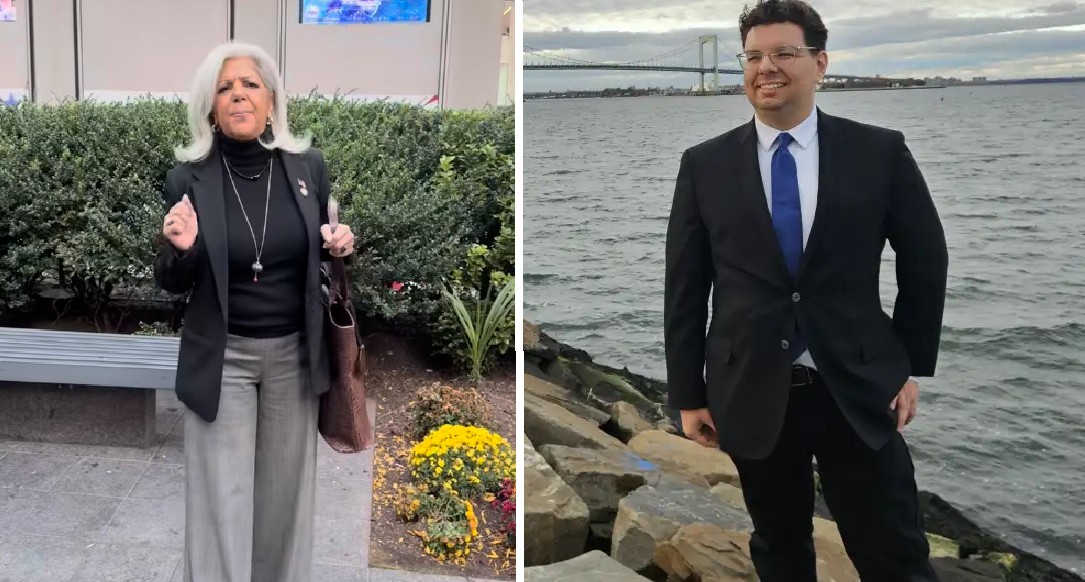The Brooklyn Museum in collaboration with CaribBeing propelled its culture loving public into the Carnival spirit on Aug 1.
This first Saturday of the month — Target Saturday — celebrated Caribbean heritage through Caribbean music, art, film, and word. Throughout the day, museumgoers were reminded that the Caribbean Day Parade with all its festivities is just around the corner.
At the light-infused entrance hall — the Rubin Pavilion — BombaYo performed its mixture of West African, Taino and Spanish percussion with the traditional Afro Puerto Rican bomba.
Bomba is about the encounter and creative relationship between dancers, percussionists, and singers as was explained by troupe artistic director Dr. Drum Jose Ortiz, who plays percussion, dances, and explains, “Our music talks about our people; it’s an awakening. I’m the messenger.” As cultural interpreter he embraces the culture’s African roots.
The base rhythm’s drums are broad, traditionally made from barrels of rum. With troupe members, he demonstrated how the primo drum replicates the dancer’s steps, not the other way around. Flamenco and African dance is evident in the movements.
Participation was more than just grooving in your seat. Encouraged to participate, select audience members demonstrated their finesse on stage. The audience cheered as Therese, clearly a senior, made her wary eyes twinkle, as she playfully danced with the drums.
Ortiz explained, “Therese started dancing four years ago. It’s never too late. She is 87.”
Performing in the Cantor Auditorium, the Braata Folk Singers presenting song from Jamaican cultural roots with choreographed dance, in something quite different — almost an operetta form. Well-known songs in the folk tradition inspired audience members, seen mouthing the words.
Lower East Side resident Alex Coleman confessed that she didn’t quite understand the lyrics sung in Jamaican patois. “But, the song and dance were so good, I didn’t care. I loved it,” she said.
The Braata Folk Singers seek to promote and preserve Caribbean folk culture and its history. The group fuses music, movement and drama with an emphasis on cultural context. Included among its repertoire is a wide range of folk forms including mento, kumina, dinki-mini, revival, ring games and nine night as well as reggae and dancehall.
At the outdoor “Pop-Up Carnival” in the sculpture garden, steel drum performers, mas camp-costumed Brooklynites, and soca and reggae supplied more contagious Carnival spirit.
Meanwhile, programs continued indoors. Cuban jazz pianist Elio Villafranc blended sounds from the Latin Caribbean islands, Haiti and Jamaica.
Five episodes from the amusing British-based web series “Ackee and Saltfish” were screened in the Cantor Auditorium. The series, available on-line, was developed by British filmmaker Cecile Emeke and follows in all hilarity two best friends, Jamaican-Diaspora women.
Also on the day’s program were a book discussion with Naomi Jackson author of “The Star of Bird Hill,” a screening of David Kane’s “Papa Machete,” clips from Selena Blake’s film “Taboo Yardies,” as well as screenings of short films made by women with Caribbean connections.
Art lovers filled the galleries. Makini Armand and Lois Wilcken had a chance to see the fourth floor’s exhibit “Basquiat: The Unknown Notebooks.”
Jean-Michel Basquiat filled numerous notebooks with poetry fragments, wordplay, sketches, and personal observations ranging from street life and popular culture to themes of race, class, and world history. The exhibit features 160 pages of rarely seen documents from this Brooklyn-born artist. The show closes on Aug. 23.





